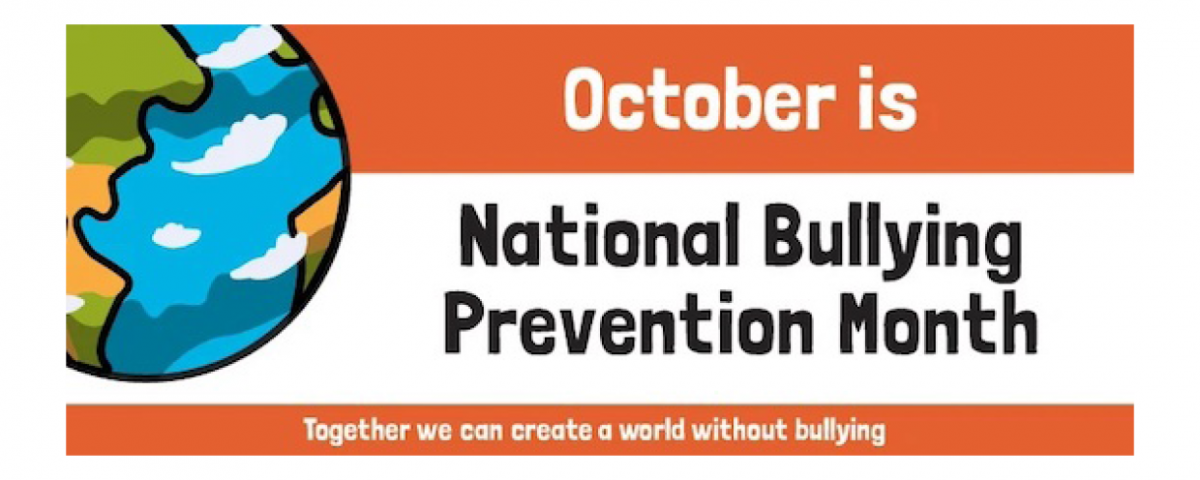
Minority Mental Health Awareness for Youth
July 17, 2023
Empowering Youth Caregivers
November 2, 2023
Bullying affects millions of individuals, from children to adults. Its impact can be long-lasting, causing physical, emotional, and psychological harm to those who experience it. However, there is hope. By actively working together to prevent bullying, we can create a safer and more compassionate world for everyone.
It’s essential to understand that bullying is a deliberate and repetitive act of aggression, intimidation, or harassment that targets an individual or a group. It can manifest in various forms, such as physical, verbal, and/or cyberbullying, and it often occurs in settings like schools, workplaces, or online communities.
Bullying can have severe consequences for both the victims and the bullies themselves. For those who are bullied, it can lead to anxiety, depression, low self-esteem, and even physical health issues. On the other hand, bullies may experience legal consequences and ongoing social problems as they grow older.
Preventing bullying requires a collective effort involving schools, communities, parents, and individuals.
- Education and Awareness:
- Anti-bullying programs that educate students about the different forms of bullying, its impact, and the importance of empathy and respect and that encourage open dialogue about bullying in homes, schools, and communities to raise awareness and promote understanding.
- Promote Inclusivity:
- Foster an inclusive and accepting environment where diversity is celebrated and differences are respected. Teach tolerance and respect for others, regardless of their background, appearance, or beliefs.
- Empower Bystanders to become Upstanders:
- Encourage bystanders to speak up and report incidents of bullying. Their intervention can make a significant difference in stopping bullying. Teach children and adults that silence can perpetuate bullying and that they have the power to be Upstanders.
- Cyberbullying Awareness:
- Emphasize the importance of responsible online behavior and digital citizenship. Teach students how to protect themselves from cyberbullying and how to report it when it occurs.
- Support and Counseling:
- Ensure that victims of bullying receive emotional support and access to counseling services. Offer counseling and guidance to bullies to address the underlying issues that may lead to their bullying behavior.
- Establish Clear Policies:
- Clear anti-bullying policies should be in place, with consequences for those who engage in bullying behavior. And enforce these policies consistently to create a culture of zero tolerance for bullying.
Bullying prevention is a collective responsibility involving everyone. Through education, promoting inclusivity and empathy, empowering bystanders, and creating clear policies against bullying, we can work towards a world where everyone feels safe, valued, and respected.
Here are some reputable sources and organizations that provide a wide range of information, resources, and support for individuals and communities interested in preventing and addressing bullying.
- PACER’s National Bullying Prevention Center: PACER.org
- PACER is a leading organization dedicated to preventing bullying and promoting kindness and inclusion. Their website offers a wealth of resources for educators, parents, and students.
- StopBullying.gov: StopBullying.gov
- This U.S. government website provides valuable information on bullying prevention and resources for different age groups. It includes tips for parents, educators, and kids.
- The Bully Project: The Bully Project
- The Bully Project is a social action campaign and documentary film focused on raising awareness about the issue of bullying. Their website offers educational materials and advocacy resources.
- Stomp Out Bullying: Stomp Out Bullying
- Stomp Out Bullying is a leading anti-bullying organization that provides information, resources, and support for students, parents, and educators.
- Cyberbullying Research Center: Cyberbullying Research Center
- For information specifically related to cyberbullying, this organization conducts research and provides resources to help combat online harassment.
- National Association of School Psychologists (NASP): NASP Bullying Resources
- NASP offers resources and guidance for educators and school professionals on creating safe and inclusive school environments.
- Teaching Tolerance: Teaching Tolerance
- Teaching Tolerance is dedicated to promoting diversity and inclusion in schools. They offer free educational materials, lesson plans, and articles on addressing bullying and fostering tolerance.
- GLAAD’s Anti-Bullying Resource Kit: GLAAD’s Anti-Bullying Resource Kit
- GLAAD provides a comprehensive resource kit aimed at addressing bullying and harassment of LGBTQ+ youth. It includes valuable information and strategies.
Together, we can build a brighter and kinder future.

